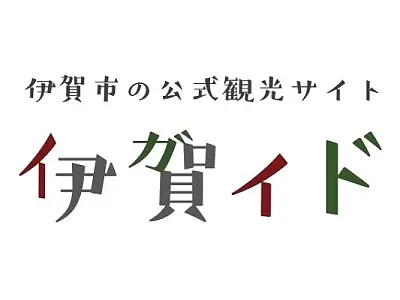MotooriNorinaga Memorial Hall will reopen in March 2017! We will introduce you to the exciting and fun exhibits and recommended spots in the area.
掲載日:2017.03.15
"MotooriNorinaga Memorial Hall" was just reopened in March 2017.
MotooriNorinaga was a Japanese scholar and doctor who lived during the Edo period and also researched the Kojiki.
There are plenty of materials related to him on display, and whether you've only learned about him through textbooks or you're a history buff, you're sure to rediscover Norinaga's charm once you tour the museum.
We will introduce you to an exciting museum that both young and old can enjoy, as well as recommended sightseeing spots in the surrounding area.
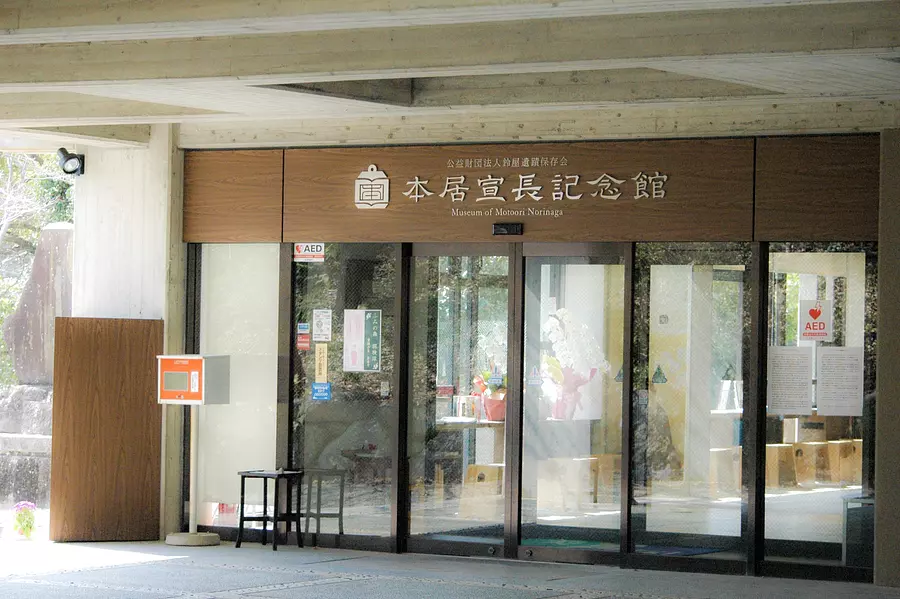
MotooriNorinaga Memorial Hall reopened in March 2017.
It is conveniently located, approximately 10 minutes by car from the Matsusaka Interchange on the Ise Expressway, and a 15-minute walk from Matsusaka Station on the JR and Kintetsu lines.
MotooriNorinaga Motoori was a Japanese scholar and doctor who lived during the Edo period and also researched the Kojiki.
There are plenty of materials related to him on display, and whether you've only learned about him through textbooks or you're a history buff, you're sure to rediscover Norinaga's charm once you tour the museum.
We will introduce you to an exciting museum that both young and old can enjoy, as well as recommended sightseeing spots in the surrounding area.
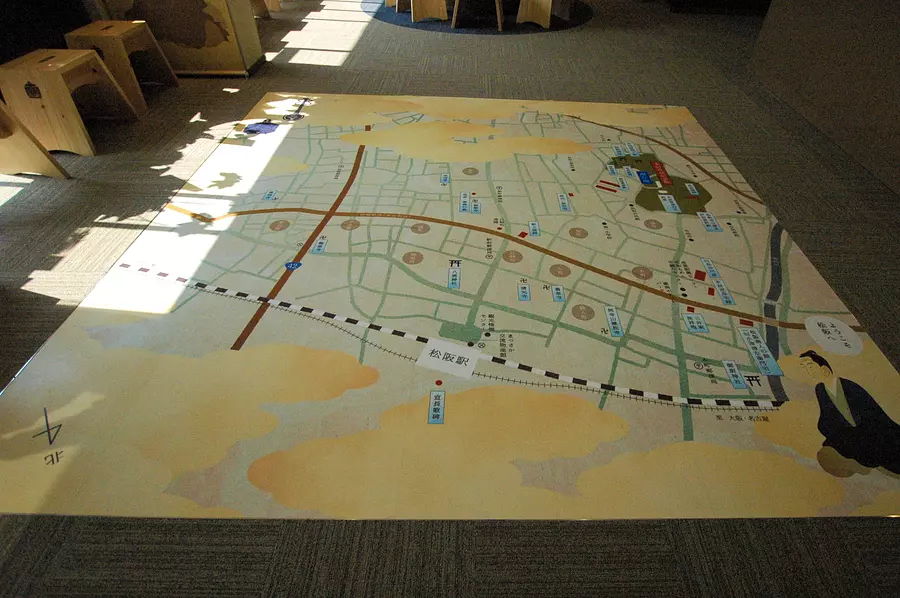
When you enter the museum, the first thing that greets you is a large map spread out at your feet. The entire town of Matsusaka is clearly shown.
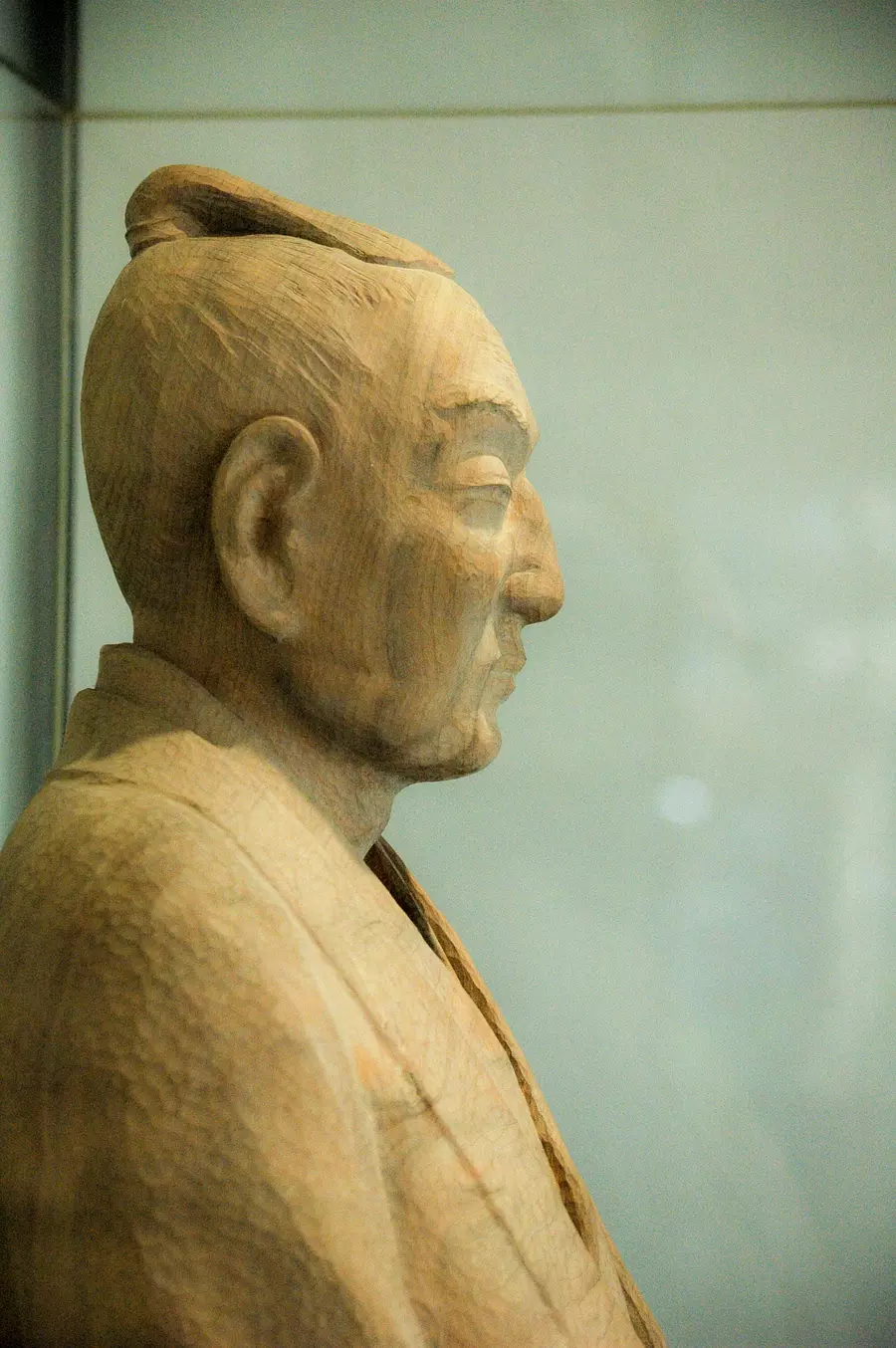
MotooriNorinaga was born in Matsusaka and loved learning throughout his life. What kind of person was he?
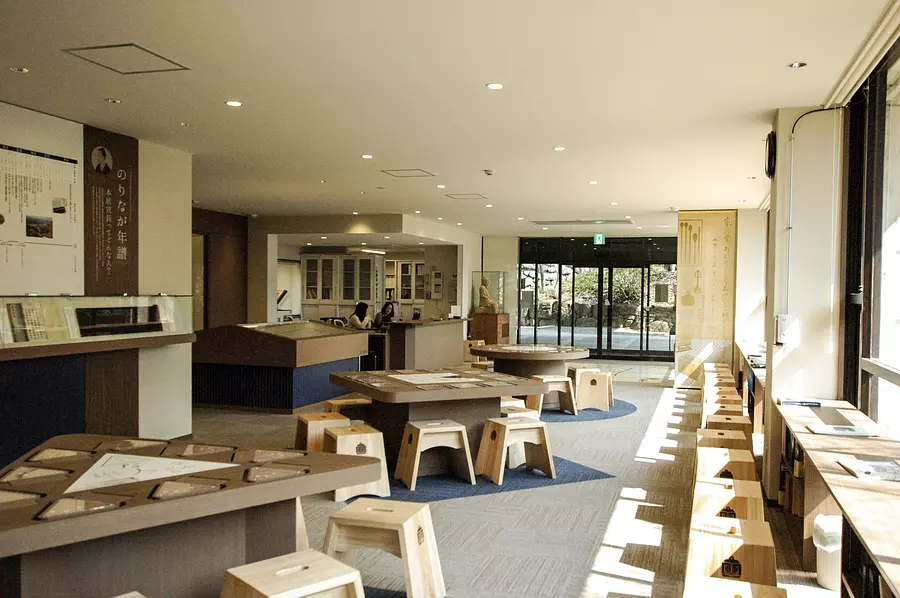
Round, square, and triangular tables are set up in order from the entrance. These shapes are said to represent Norinaga's characteristics.
Maru is ``Yu'' who loved bells, wild cherry blossoms, and Japanese poetry. The square is in the shape of a medicine cabinet, representing the work that he did as a doctor to support his family. The triangle represents ``science'' as a Japanese scholar who researched the Kojiki.
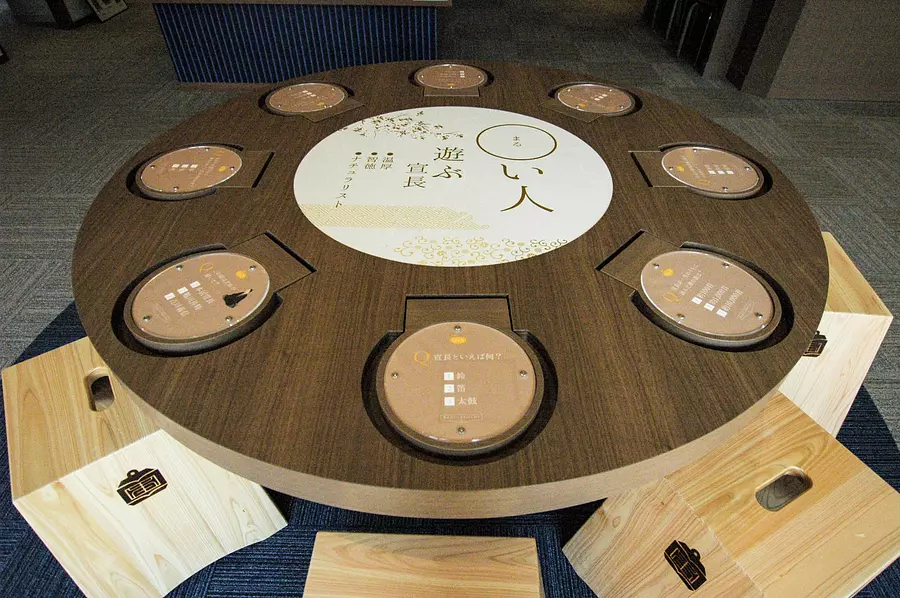
Each table with an eye-catching design is set up with quizzes related to Norinaga. By answering this quiz, you can learn not only about Norinaga's work, but also about his private life and personality.
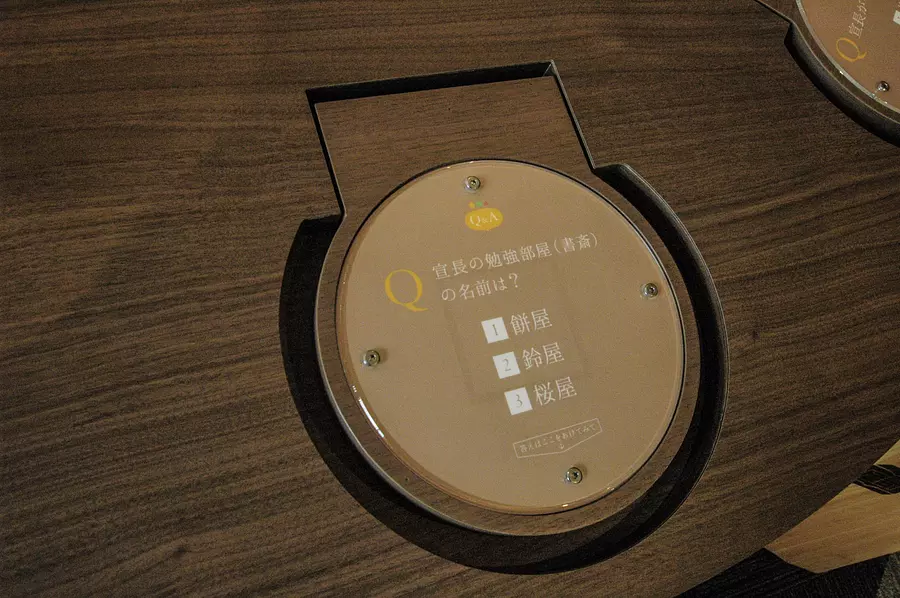
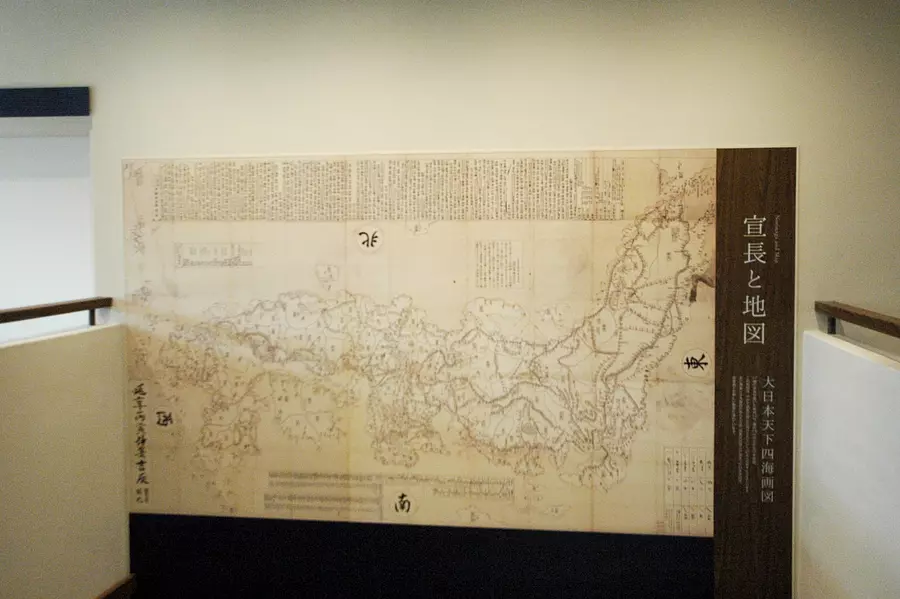
It is surprising that he drew this as a young teenager, before accurate surveying techniques were developed.
Norinaga is said to have completed these maps while he was stuck at home. I wonder if they were worried about the fate of their children who didn't leave the house, but they were probably able to learn freely and in their own way under the watchful eye of a caring and tolerant family.
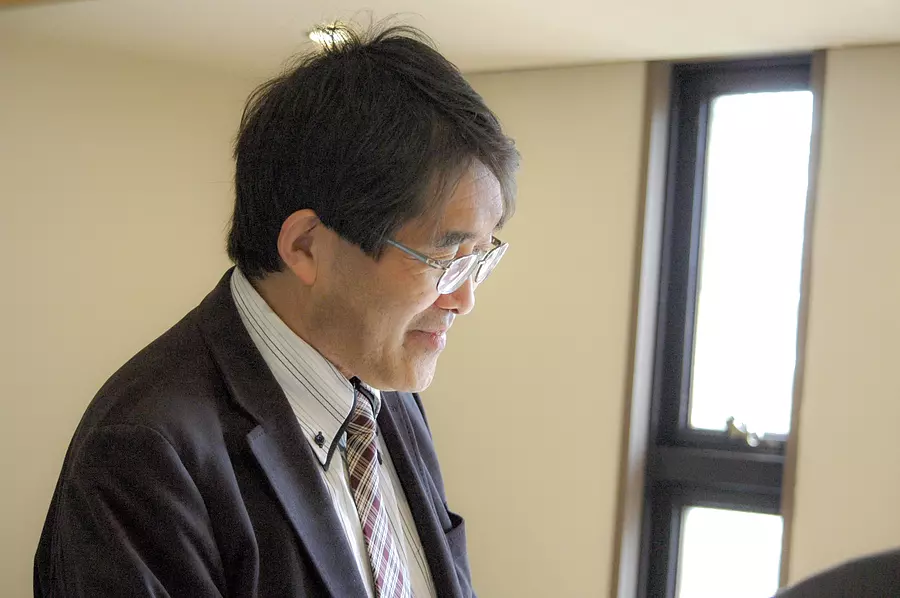
When asked what he liked about Norinaga, he answered, ``His rhythmic nature and good tempo.He didn't put things off.Even if he was busy, he would respond to what we would call email responses in this day and age. It's like making sure to let them know that your reply will be delayed because you're busy.''
I remember hearing local visitors calling out to Director Yoshida, ``Sensei, Sensei.'' His appearance is similar to that of Norinaga, who earned people's trust and respect.
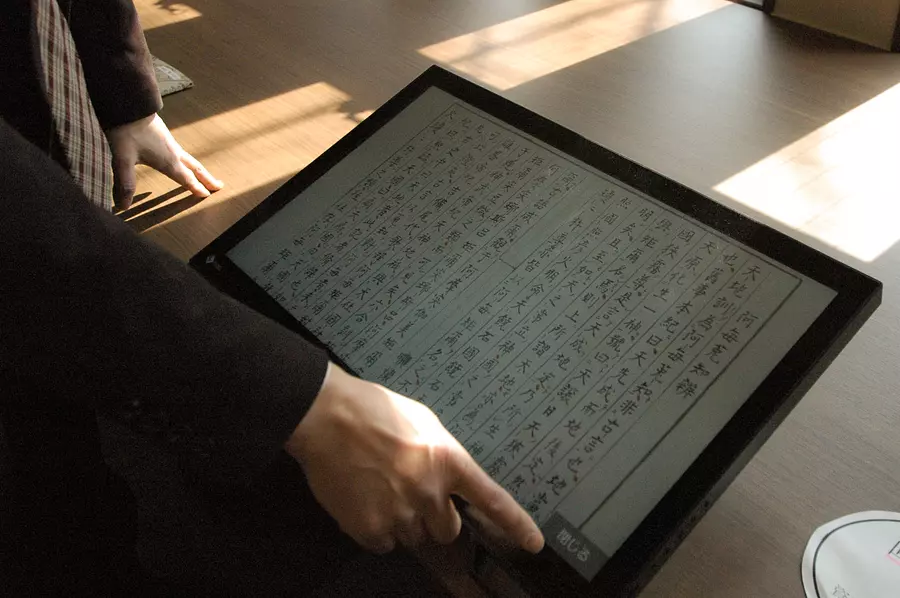
If Norinaga, who had an outstanding ability to concentrate and a sharp personality that put him ahead of his time, had lived in this era, he would have made full use of equipment like this and devoted himself to his research.
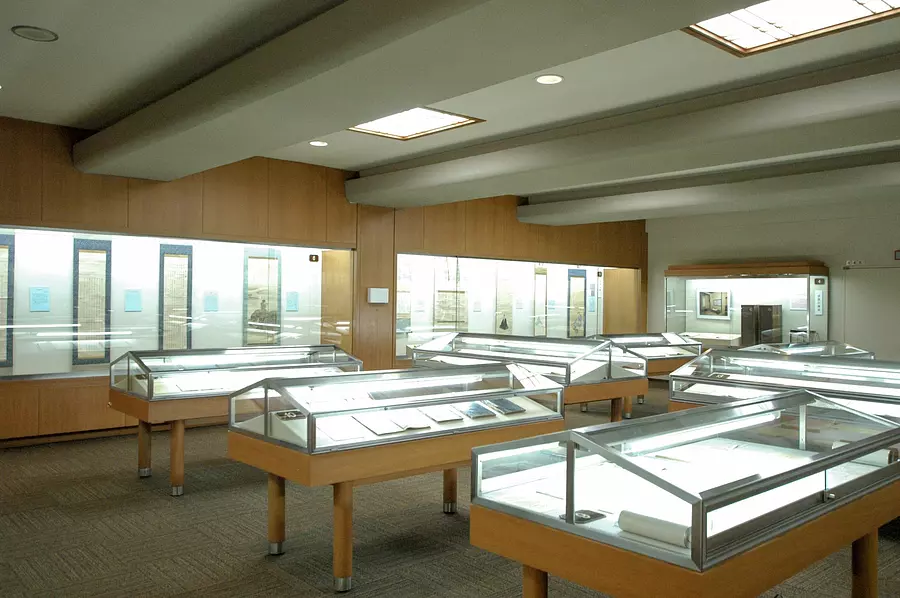
Norinaga, who loved maps, left behind many documents that include the names of various places in Japan.
Visitors from all over the world will be able to experience his activities up close.
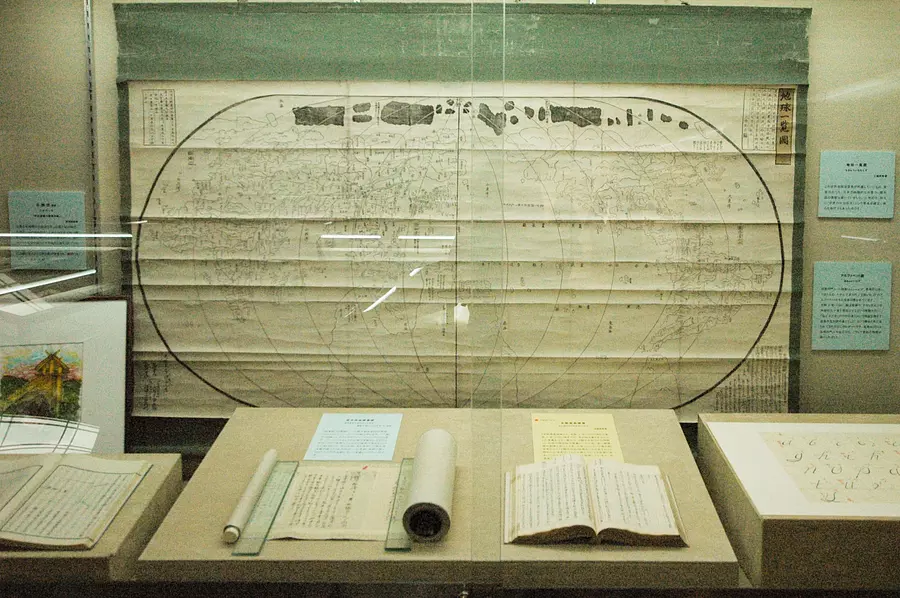
He is from the 1700s and has a global sense!
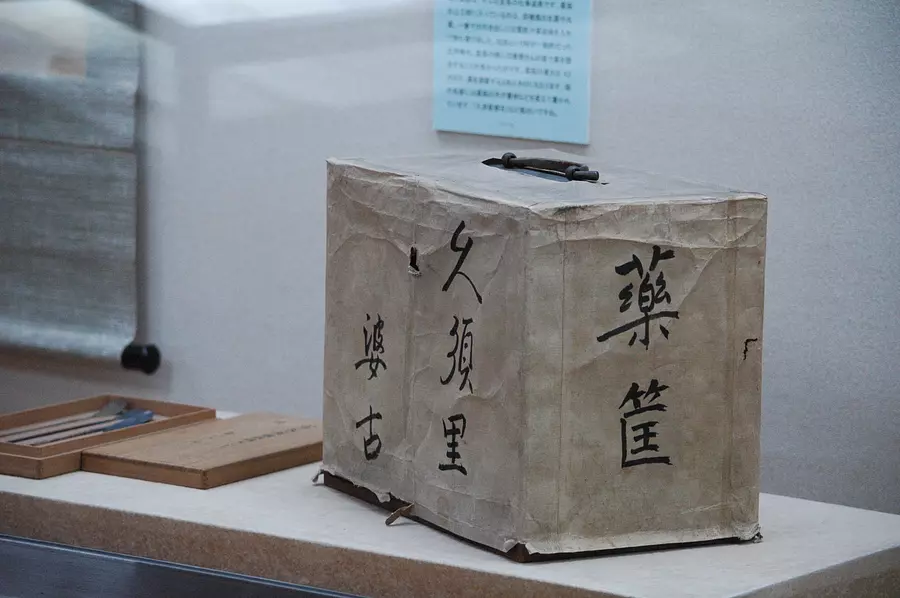
The word "Kusuribako" means "kusuribako" (medicine box). There was a glimpse of humor as well.
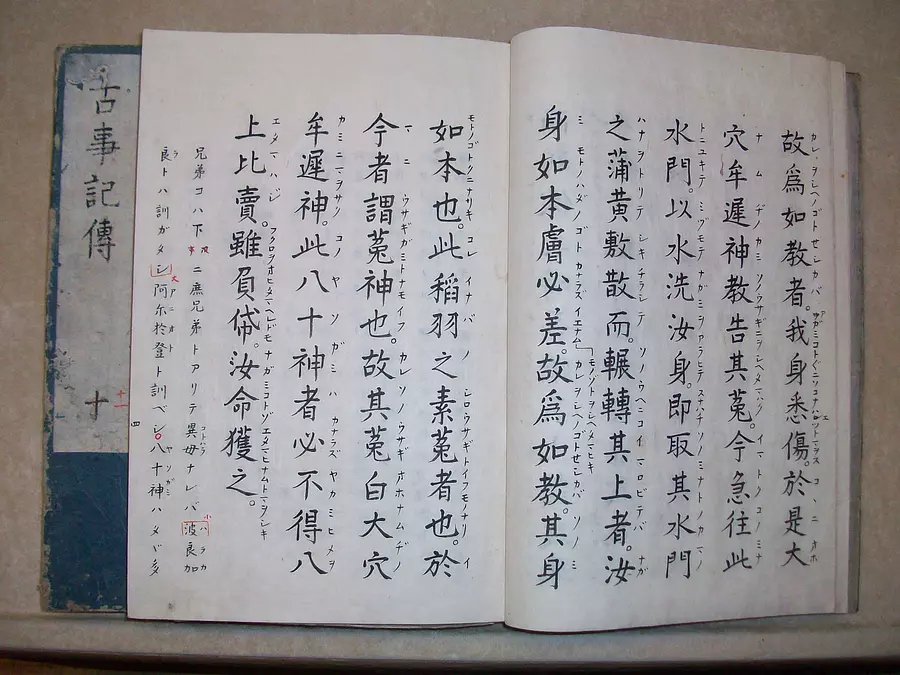
Researching the Kojiki became Norinaga's life work. It is said that while studying geography and medicine, he came to the never-ending study of the Kojiki as something that could be put to use.
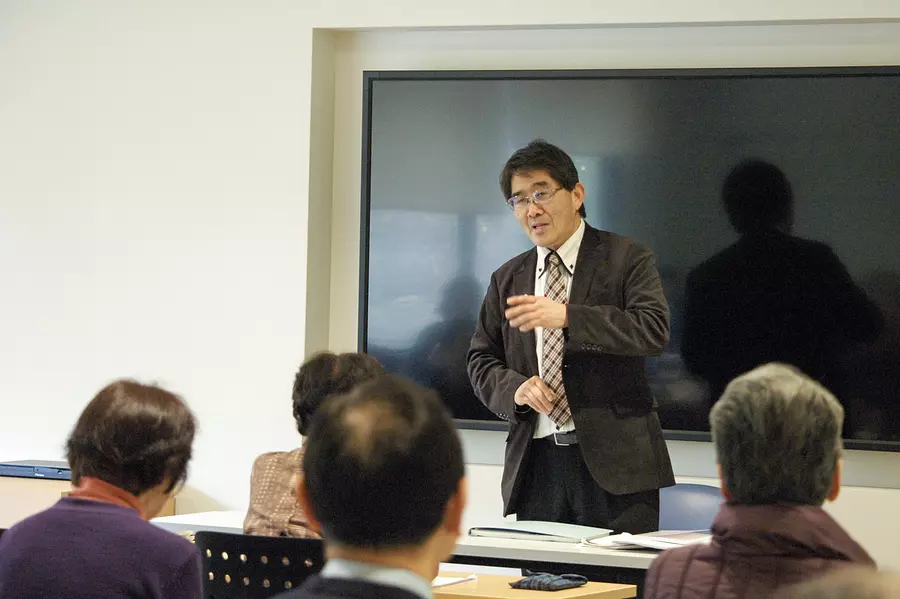
People with a strong interest in Norinaga gathered, and the lecture room was full. Even now, nearly 300 years later, Norinaga continues to captivate people's hearts.
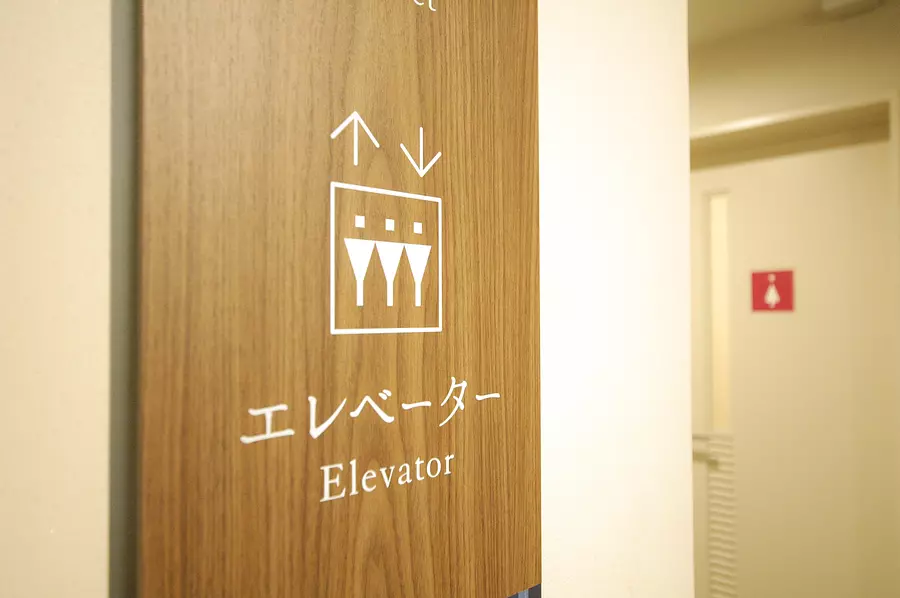
The design of the information board is beautiful, and like the rest of the equipment, it has a soft woodgrain feel.
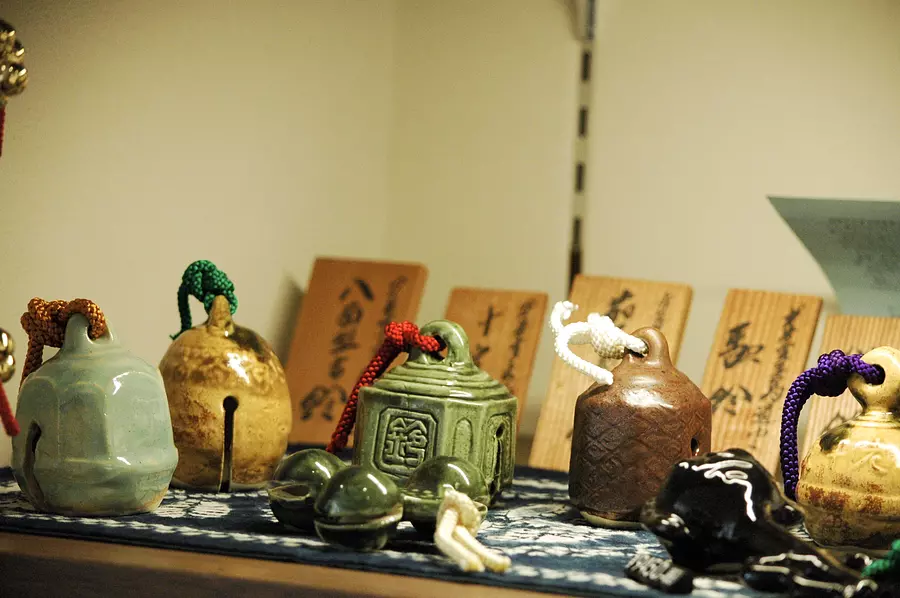
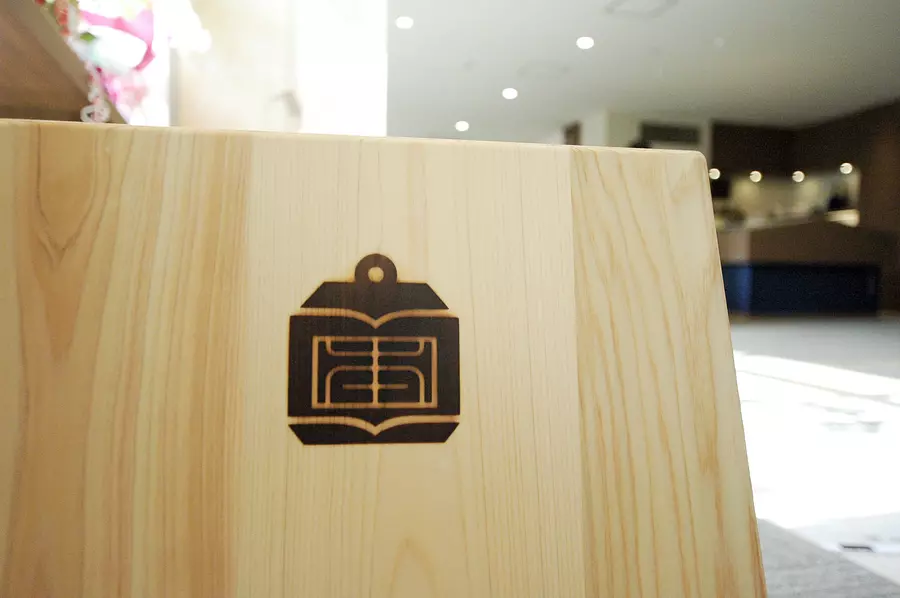
The wooden chairs placed throughout the venue also feature bell designs.
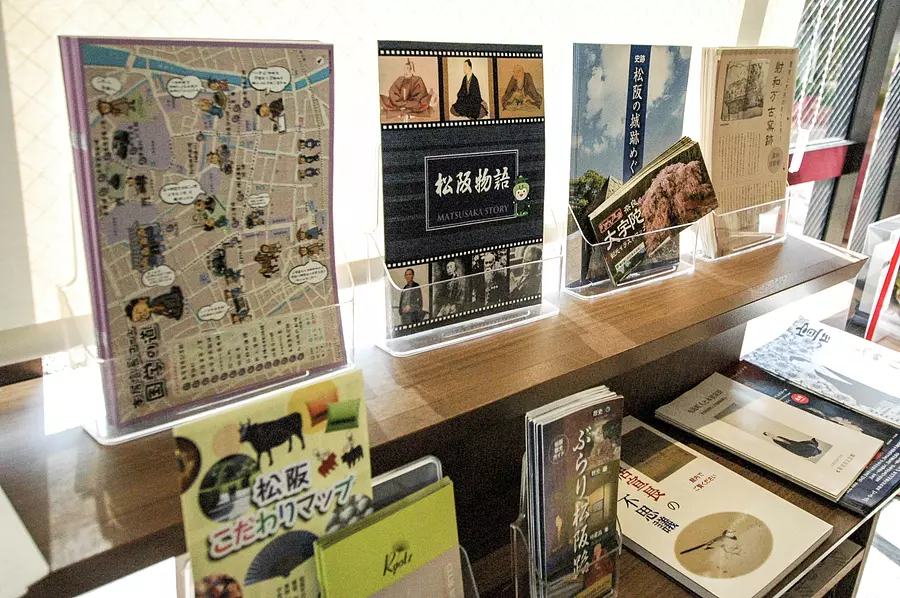
Norinaga is said to have walked from Matsusaka to Tokyo in just 10 days when he was 16 years old. Even though he is from the past, he has strong legs. Although it is difficult to continue walking for several days, why not take the opportunity to go for a walk by starting at the Matsusaka Memorial Museum?
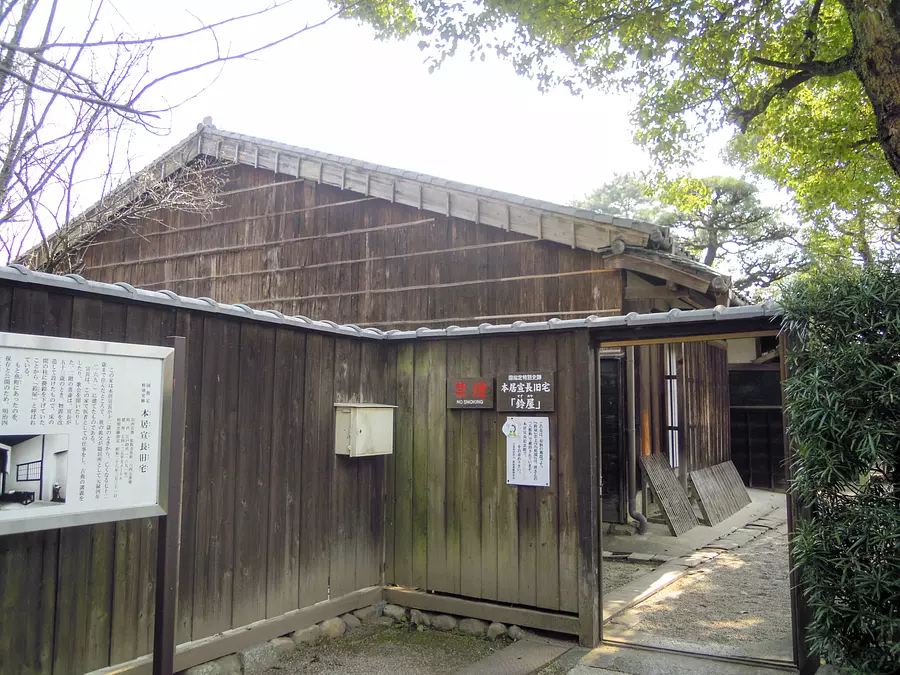
A majestic appearance that gives you a sense of history. The buildings and gardens are well maintained and easy to walk around.
To tour, you will need the same admission ticket as MotooriNorinaga Memorial Museum.
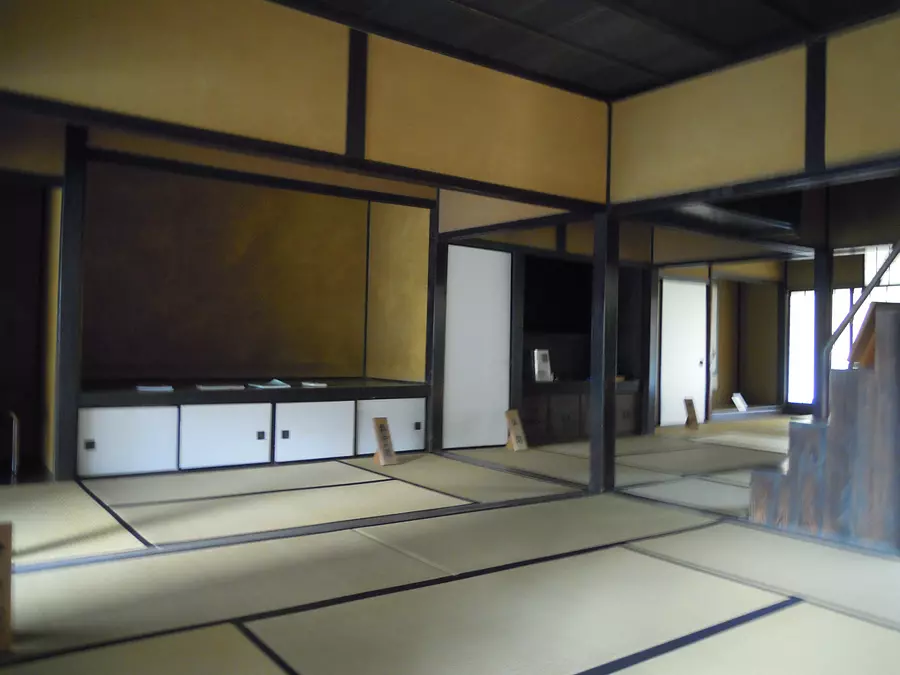
Many of the materials on display in the museum were written at this location.
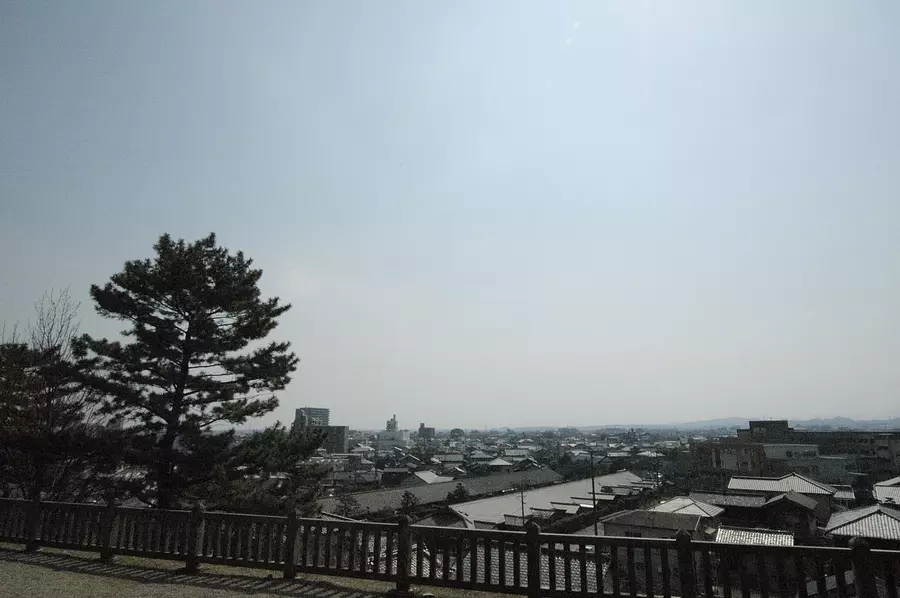
Norinaga probably thought of Matsusaka, Japan, and even the world.
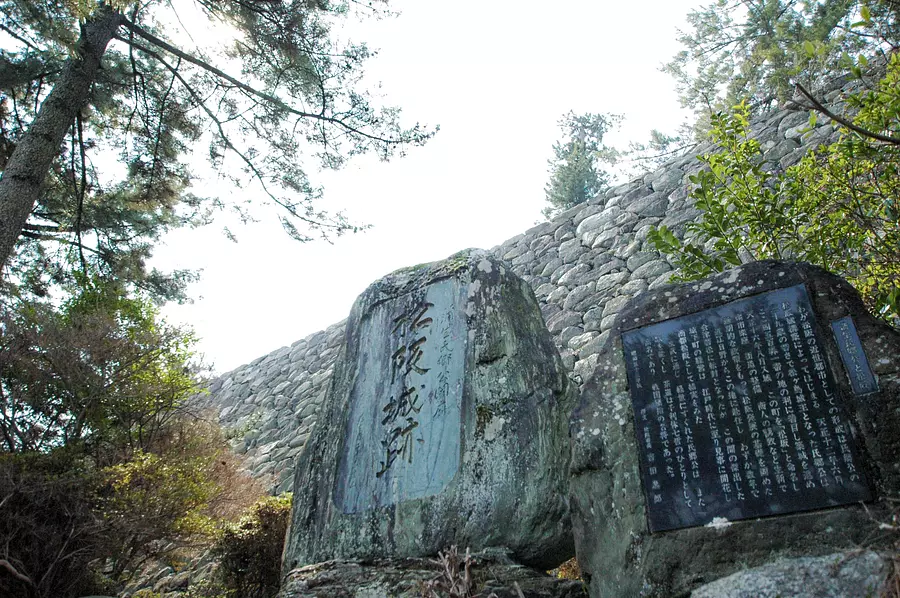
A stone monument with a quaint appearance covered with moss. A stone wall that once protected the castle. It is quite tall and looks impressive when you see it up close.
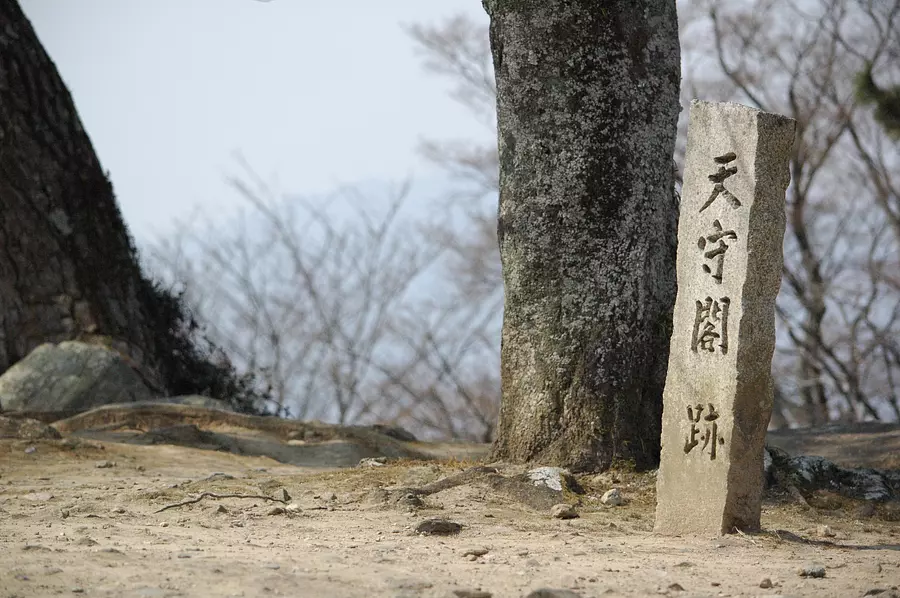
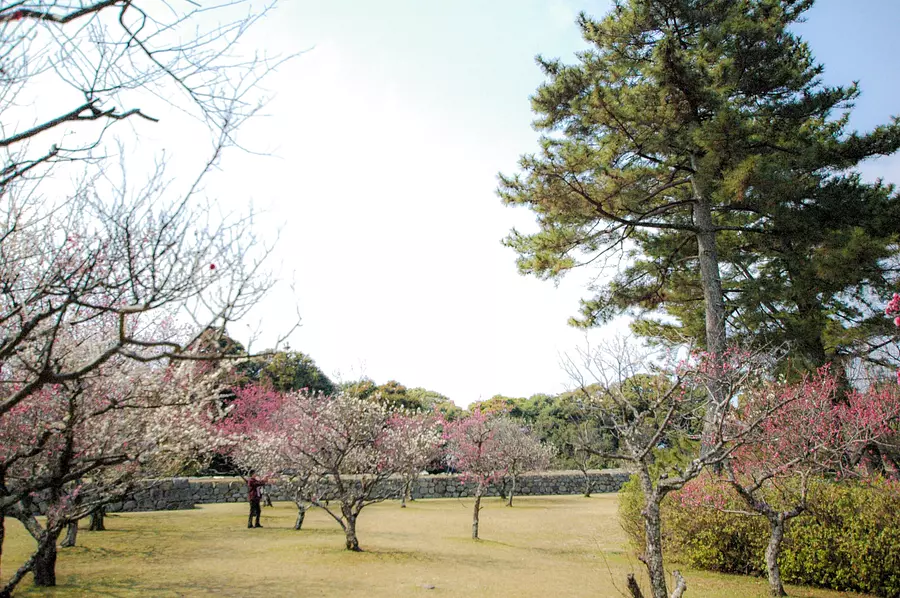
As you walk slowly through the space surrounded by stone walls and filled with blooming flowers, you get a strange feeling that makes you lose track of the era.
Beyond the flat land that stretches out as far as the eye can see, there are mountains, clean air, and a land full of history. Matsusaka is a people-friendly town.
When visiting MotooriNorinaga Memorial Museum, we recommend that you take advantage of the sights in the surrounding area.
The joy of learning something you didn't know, the fun of having a new experience in a place you've never been to before, and new encounters, all of which can be called "learning."
I felt that actually visiting a place, dreaming about it, admiring it, and doing some research can help foster a spirit of learning.
[MotooriNorinaga Memorial Museum Basic Information]
Address: 1536-7 Tonomachi, MatsusakaCity City, Mie Prefecture 515-0073
Phone number: 0598-21-0312
Closed: Mondays (the next day if Monday is a holiday), year-end and New Year holidays
Opening hours: 9:00-17:00
(Last entry time is 16:30)
Admission fee
・Adult 400 yen (group rate 300 yen)
・University students, etc. 300 yen (group fee 200 yen)
・Children (4th grade of elementary school to high school) 200 yen (group fee 100 yen)
*Common to MotooriNorinaga Memorial Hall and MotooriNorinaga former residence "Suzuya"
*Reservation required for lecture room
traffic
・15 minutes walk from JR/Kintetsu Matsusaka Station
・5 minutes walk from MatsusakaCity city bus stop
・By car: 1km west of the Kamata intersection on National Route 42
5km from Ise Expressway Matsusaka Interchange
MotooriNorinaga Memorial Museum area map
Official website: MotooriNorinaga Memorial Museum
| Category | |
|---|---|
| season | |
| area |
Related spots
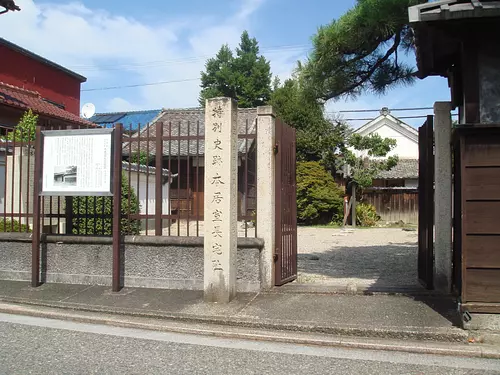
MotooriNorinaga
Chunan group
MatsusakaCityThis is the site of the house MotooriNorinaga known as a Japanese scholar and classical scholar, lived in a townhouse called ``Suzuya.'' Norinaga moved here from his birthplace in Honmachi when he was 12 years old, and devoted his life to academic research. (Nationally designated special historic site) The building was moved to Matsusaka Castle Ruins Park in 1902 and is preserved by the Suzuya Ruins Preservation Society. For sightseeing information on Matsusaka, please visit the Matsusaka sightseeing information site Wakuwaku Matsusaka.
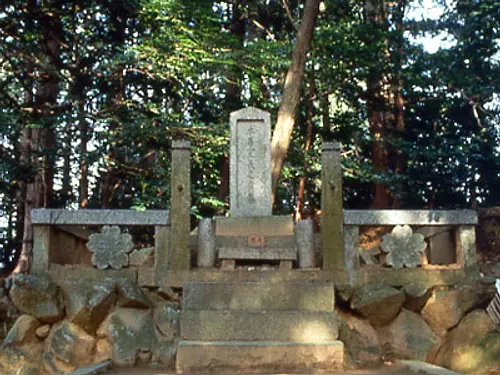
MotooriNorinaga Oku Tomb
Chunan group
MatsusakaCityNorinaga loved Mt. Yamamuro, where he could see the town of Matsusaka and the peaks of Mikawa and Fuji in the distance, and chose it as his graveyard, leaving behind his will. The inscription, made according to his will, was written in Norinaga's own handwriting. In addition, my favorite wild cherry tree is planted in the background.
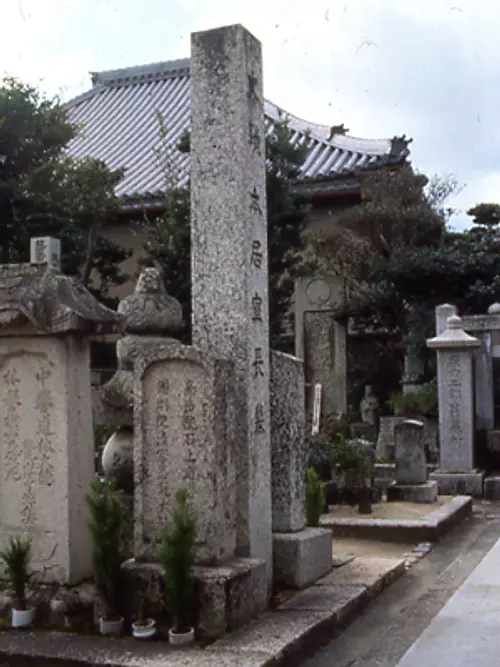
Hōkōzan Jukeiji Temple
Chunan group
MatsusakaCityThe family temple of the Motoori family in the Jodo sect. This is a temple where Norinaga often went to listen to sermons, and within the grounds are Norinaga's ``visited grave'' and Haruba's grave. Norinaga/Haruniwa Tomb (Nationally Designated Historic Site)
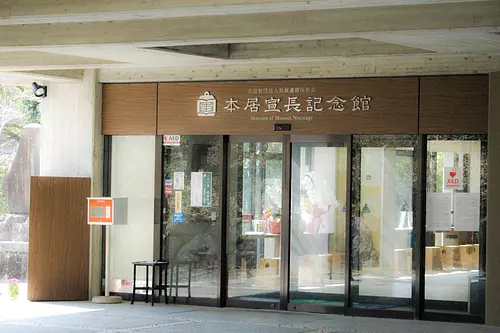
MotooriNorinaga Memorial Museum
Chunan group
MatsusakaCityIt houses about 16,000 handwritten manuscripts and bequests of Norinaga, famous for the ``Kojikiden.'' Next to it is Norinaga's former home, Suzuya (a nationally designated special historical site), where he lived from the age of 12 until his death, and it reminds us of the life of the great Japanese scholar. For sightseeing information on Matsusaka, please visit the Matsusaka sightseeing information site Wakuwaku Matsusaka.
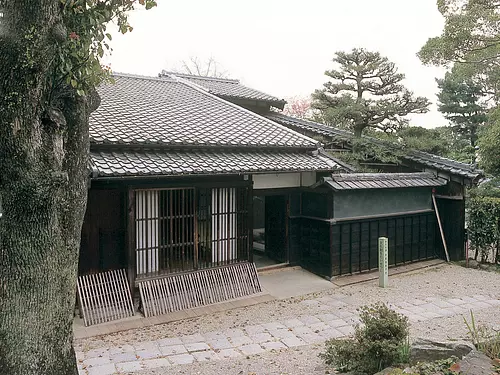
MotooriNorinaga former residence (Suzuya)
Chunan group
MatsusakaCityMotooriNorinaga former residence is the house where Norinaga lived for 60 years from the age of 12 until his death at the age of 72. The building was built in Matsusaka Shokunincho in 1691. Afterwards, it was relocated to Uomachi. The location at the time of Norinaga was ``Uomachi''. In 1902, it was moved to its current location on the Matsuzaka Castle ruins for preservation, restored to its original appearance at the time of Norinaga, and is now open to the public. The study on the second floor of this building is called ``Suzuya.'' The Suzuya on the second floor cannot be entered due to preservation, but there is a viewing area set up on the stone wall, so you can view it from there. Designated as a national special historic site on March 31, 1951. For sightseeing information on Matsusaka, please visit the Matsusaka sightseeing information site Wakuwaku Matsusaka.

